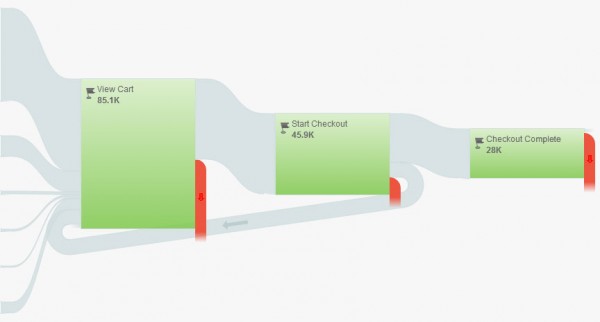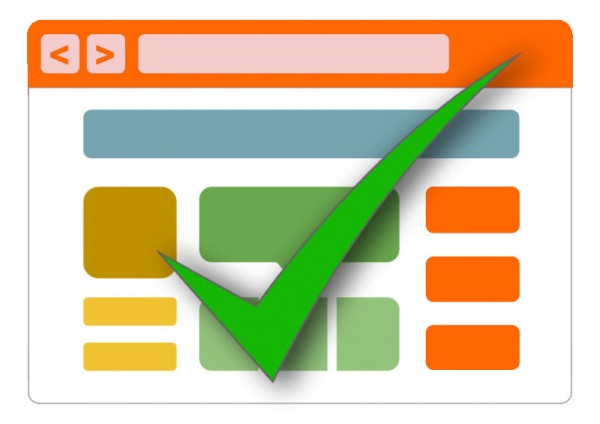Five Ways You Can Maximize Your Great Blog Posts
Congratulations: your blog post has become very successful! People are reading it, commenting on it and sharing it with their friends on social media. It’s exactly why you hire blog writing services to help you with content in the first place. However, just because your blog post is popular doesn’t mean that it can’t be more popular.
eVisible provides article writing services for clients and helps them to take steps to seize the momentum of popular posts and make sure they are as effective as possible. Here are some steps to take once you realize that a post has the potential to be a hit:
Refresh Your Content Regularly
Go back to your old content and see which posts were once popular but have stopped receiving a high number of hits. There’s a good chance that these posts have not been updated in quite some time. You can reverse this trend by freshening up your content with updates, new information or just formatting it to make it easier to share with hot social media sites. Doing this will almost always lead to an increase in views for old posts.
Use Your Sidebar Space
Almost every blog has sidebar space. Chances are that you use it for banner “ads” directing people to your events, special activities or other sections of your website. Why not also use this space to highlight your most popular posts? If people see that the most popular posts on your site are in one place, there’s a good chance they will click on them to see exactly why they are so popular.
Include Popular Posts In Your Email Marketing
Your most popular blog posts clearly have content that your customers will find engaging, so it makes sense to integrate them into other aspects of your marketing. When you perform a drip email marketing campaign, why not have some space within the message to highlight two or three of your most popular posts? It’s even better if these posts are relevant to the same topic as your email.
Collect Information In Exchange For Access
A popular post is a commodity that you can utilize — if done wisely. You may want to have pop-up come up over the text or graphics of the post and make it so that readers have to choose whether or not to sign up for your newsletter in order to read the rest. If you take this approach, it’s important that you also give readers a way to say “no thank you” and read the post without giving you additional information or signing up for a newsletter.
Repurpose Your Content Into a New Format
Putting old content into a new format is a great way to recirculate your popular material and get fresh hits. For example, a text-driven post that was successful two years ago might make a perfect infographic today. Or you might find content in a post that now makes more sense to be picture-oriented so you can share it through sites such as Instagram.
You can also extend your content by getting more in-depth than you did originally. Research suggests that content that is 2,000 words or more tends to rank better than content that is 1,000 words or less. You can also tweak your post headlines in order to utilize tips such as making them “how tos” or “lists” in order to get new eyeballs.
 Posted on September 21, 2015
Posted on September 21, 2015
 Posted on October 23, 2014
Posted on October 23, 2014

 Posted on May 29, 2014
Posted on May 29, 2014

 Posted on October 10, 2013
Posted on October 10, 2013
 Posted on August 21, 2013
Posted on August 21, 2013
 Posted on August 1, 2013
Posted on August 1, 2013